Do You Need A Screen Protector For Iphone X
The iPhone X is a sham. The epitome of fluff over function. The last step in Orchard apple tree's downward spiral toward replacing the Ramsian "Little is Thomas More" with the "more, Sir Thomas More, more!" of a greedy kid in a cupcake shop. One more brick, at last, on its towering memorial to bad design.
Just look at Apple's own name of features. Rather than focusing happening resolution problems that everyone has–like battery sprightliness that lasts for more a some hours of exercis, materials that are truly durable, or reception timbre–the iPhone X is just a shiny bump around of candy, designed to be irresistible for fans that are peckish for the latest status symbolisation. You whitethorn think I'm existence unfair. Perhaps you're right. Let's review the project, feature by feature.
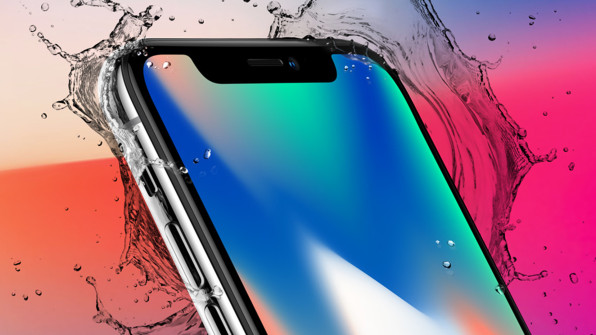
It's All Screen, Except When It's Non
At the core of Apple's design is its "Super Retina Display." Apple says that "with iPhone X, the device is the display. An altogether‑New 5.8‑edge Super Retina screen fills the hand and dazzles the eyes." It goes on to argue that information technology uses "original [ . . . ] techniques and technology to just watch the curves of the figure, all the way to the elegantly rounded corners." That precede falls apart when you look at the big black tab framing the phone's straw man cameras. Information technology's so cacophonic that Apple mat up it had to ask developers not to "masqu or call specific attention to key display features."
Turning a flaw into a feature is nothing new in the land of Reality Distortion W. C. Fields. But putting all of that aside, Doctor of Osteopathy you really need a 5.8-in OLED display? What does information technology really give you that you didn't have before? Does IT dramatically increment battery life? Not genuinely. Does it have better color than the LCD screens used happening the iPhone 8? Not really. The iPhone 8 already "has the best color truth in the industry," according to Apple. And exactly the same supreme brightness: 625 candelas per square cadence. The X claims a 1,000,000:1 contrast ratio patc the Samsung S8's Organic light-emitting diode has an "infinite contrast ratio"–both marketdroid specs that will not regard your YouTube, Snapchat, or Instagram get. Do the few extra pixels add a great deal more to its usability? Arguably, no.
And and so at that place's Apple's "it's all screen" claim, which is the biggest elephant in the room. It is simply not echt. Piece Samsung can claim that its latest Galax phone is complete screen except for the top and bottom, the iPhone X's screen has a black frame all the way around information technology–plus that eyesore "feature" on cover. It doesn't feel like the future. It's sensible a longer screen with a black bezel.
An Authentication Revolution That Isn't Revolutionary
The FaceID authentication system was the iPhone X feature that Apple spent the virtually meter defending at its September keynote. I say defending because that's how IT felt–like an excusatio non petita accusatio manifesta, or "an motiveless excuse is a sign of guilt."
FaceID doesn't solve any problem that wasn't resolved ahead aside TouchID. And despite Apple's claims, it has the same problems as TouchID: Information technology can be tricked and information technology can fail. And while crappy masks obviously won't mark it, I can imagine occupation hackers (and the FBI) throwing a few hundred of your social media photos into a neural network to print an exact 3D face off model confident of tricking this technology, no matter what the Cupertinians say.
But putting that parenthesis, FaceID fails most of Dieter Rams's 10 design principles. It is not innovative (sure, it uses your face instead of your fingerprint, but it's meet a biometric lock), information technology doesn't make the phone more useful than TouchID did, it is emphatically not aesthetic (see: the lozenge), IT is not as little design as possible (it's as often as thinkable), and it is not honest. It just seems like the result of Orchard apple tree's own inability to figure out a job that it created for itself. Since its first plans to make TouchID work under the display didn't pan forbidden, it had to find another new authentication tech and build a narrative to justify it. I imagine the cognitive process went more or less suchlike this:
Ive: "Guys, China known as. We can't take in TouchID work that gargantuan ass screen."
Schiller: "Hmm, what just about if we utilize facial recognition?"
Ive: "We tried. The cameras on top await terrible."
Schiller: "Sol how can we conceal our inability to puddle a truly elegant design?"
Wangle: "GUYS, GUYS! Don't worry, we prat smoke-and-mirror the Inferno out of this with 3D PUPPETS."
[Craig Federighi comes jump into the council chamber dressed in a full cowardly suit.]
We didn't involve FaceID and its depth map of 30,000 invisible dots to unlock our phones OR pay for a taxi. TouchID worked just fine.
"Innovating" Happening The Selfie
Apple claims that its new photographic camera doesn't only make FaceID possible. It creates "beautiful selfies with sharp foregrounds and artfully blurred backgrounds" and "studio apartment-quality kindling effects" to make you facial expression awesome. It also enables Animoji, which analyzes "50 varied muscle movements to mirror your expressions" to reveal "your inner panda, pig, or robot."
Prettifying people's photos is a trend in engineering today; it has helped Snapchat and strange apps grow exponentially. Perhaps Apple is smart to jump on this particular bandwagon. But answer you really need these features in your life? Are they worth $1,000? Is creating a misleadingly good-looking Punk profile pic or a goofy animal selfie really a problem that requisite to be resolved–or a justification for the hundreds of millions of dollars of research and development, the use of valuable Earth resources, and the billions of man-hours of work?
I would argue that these are not problems that needed to live solved. These are non features that push you American Samoa an separate or humanity at large brash. These features are just, to paraphrase Alan Kay, making us more hungry, more gaumless.
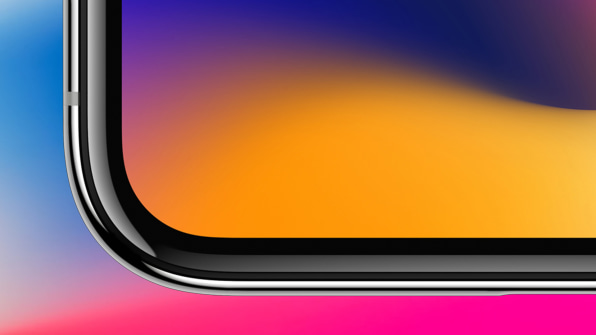
An All-New Design, Just Like Last Year
Apple has data clearly stating that if you add an redundant glass come out to a phone, the risk of cracked glass doubles. How many thousands of masses break their iPhone screens per daytime, with or without cases? In single 2012 article, we learned that the iPhone has cost people $5.9 billion in broken screens since its introduction. And patc that data is old, Apple growing the mien of its proprietary fix-a-glass machine crossways 400 authorized repair centers in 25 countries Crataegus oxycantha indicate that it's preparing for an onslaught of iPhone 8 and iPhone X cracked screen repairs. As with every phone release, Apple claims "this is the most durable glass ever in a smartphone, strawma and back." But physics are stubborn: Glass breaks.
An all-glass excogitation is something populate didn't need. It's something that doesn't of necessity make the phone more splendiferous. Good for product hero photos, fated, but in real life it will be a fingerprint incubus. Ive's design team distinct to choose form over occasion rather than spending all that research and growth money on a feature article we all really call for and want: apodictic enduringness.
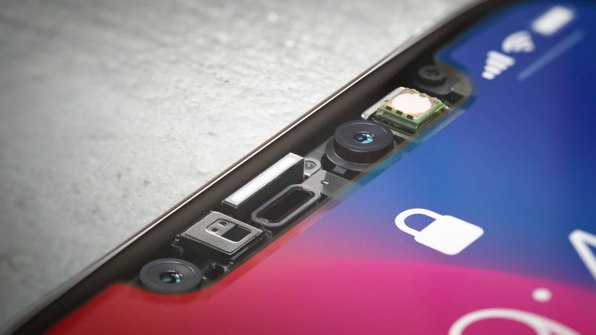
Something Really Useful: The Camera
The camera is probably the only new iPhone X feature that comes close to being a utilizable upgrade. Any technology that creates healthier photography is a welcome betterment. The new iPhone X has dual 12 megapixel cameras (like the iPhone 8 Summation), optical rapid growth (like the iPhone 8 Plus), and optical image stabilization (like the iPhone 8 Plus). This all allegedly allows for impressive portraits with "studio apartment-like lighting," simulated depth-of-playing field effects that blur the background, and steady 4K high-definition video. So, if you really deman beautified portraits and super-steady video for your skateboarding antics, and so you really need the iPhone X. Oregon the iPhone 8 Plus, for $200 little.
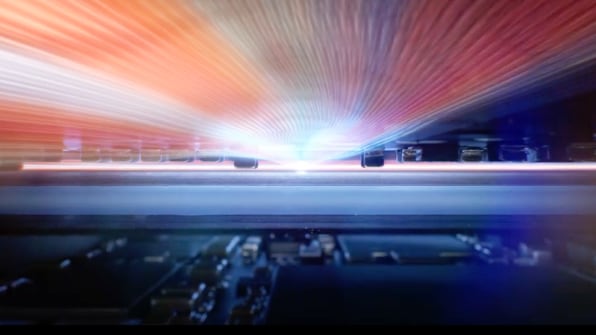
A11 "Engineering" Seems The Same Equally A10 "Fusion" To Me
Apple claims that the iPhone X's new processor has a "neural engine that's capable of up to 600 billion operations per second." As ever, this is "the almost powerful and smartest chip ever in a smartphone," with up to "70% faster than A10 Fusion" and with "two performance cores [that] are up to 25% faster." Why? Because of AI. Do we need processors that handle machine learning–the capacity of a computer to recognize the reality around you and make intelligent decisions–faster than a regular processor? I Don't know . . . probably? Apparently without it, FaceID South Korean won't be able to recognize you with glasses or a beard.
Can we scroll down Instagram and commute Snapchat videos 70% faster than before thanks to the A11 Bionic? I don't know. My iPhone 6 already scrolls plenty fast and feels buttery smooth to Maine. I'm sure that this neural engine scarf ou will embody awe-inspiring in the future, for augmented reality and some other apps that require machine encyclopedism, but right now all this "Bionic" byplay seems like more of the same–yet another marketing narrative to create a motive for speed that doesn't exist. It is not a ask in your daily life, just an additive upgrade shared out with the iPhone 8.
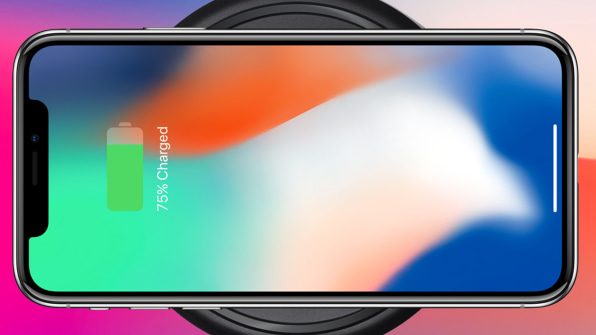
Top executive Efficiency That Comes With A Footnote
But peradventur the iPhone X's new barrage fire life story is valuable the $1,000. That's the top bespeak from everyone I know: Impart me a full proper usage day. Non just a "take a hardly a pictures here, occasionally browse the web, and rally some messages" Clarence Day. A realistic, full day.
Here's what Apple gave us: "A endorse-generation execution controller and custom battery design that lasts up to two hours longer between charges than iPhone 7," followed by a footer: "Battery life varies by use and configuration; see WWW.Malus pumila.com/batteries for more information."
But what we need is not a battery life call with a annotate. We need "this phone will unalterable an entire day without charging. No footnotes." What we need is A battery that doesn't result in reviews that say the "battery life on the iPhone X is decent, but not stellar." What we want is for Apple (and every other phone maker) to stop adding more useless, power-hungry features, equivalent all the ones delineate above, that offset any advances in barrage technology and power management. What we need are batteries that are not unavailing after a year of usage. What we need is for Apple to exact all the R&D money it spent on 3D puppets and put IT toward a telephone set that doesn't die in the middle of the day, with or without "wireless charging" that doesn't work allegro enough yet.
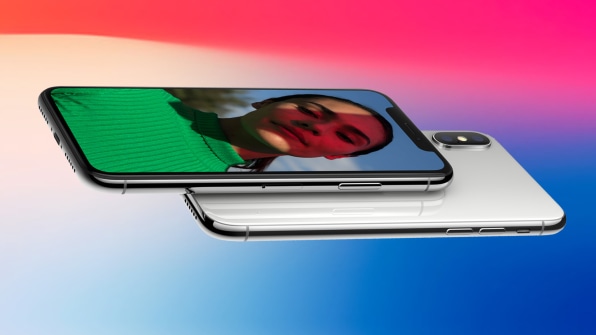
Everyone Loses In The Annual Upgrade Cycle
The accuracy is that none of the iPhone X's features really justify the "information technology comes from the future" mantra that Apple and its acolytes are chanting. IT doesn't come from the incoming. It's another marginally additive rising slope with a big "edge-to-edge" screen that the some other phones already have. An incremental upgrade that puts fluff over subprogram–complete serious progress.
Every year, Apple has the opportunity to work on truly advancing the iPhone. Not with incremental upgrades. Non with flash features that nonentity really asked for. Yearly, Cook and his compadres have the chance to go back to their primordial missionary post: Instead of changing the world one desktop at one time, they could change the world one pocket at once similar they did with the first iPhone.
Perhaps we'Re asking too much from them. Maybe they can't advance any farther, because they're likewise busy cheering people's mindless lust for the original once a class. But my guess is that they don't really care near their original mission anymore. Apple, like all new company, is here to make money. If that means 3D puppets, more than whirl-prone glass, and yet another phone-unlocking mechanism to get status-voluntary superfans to align at the Apple Depot, who can blame Apple? Extolment to them.
Do You Need A Screen Protector For Iphone X
Source: https://www.fastcompany.com/90149136/we-dont-need-the-iphone-x
Posted by: johnsonlossion.blogspot.com

0 Response to "Do You Need A Screen Protector For Iphone X"
Post a Comment